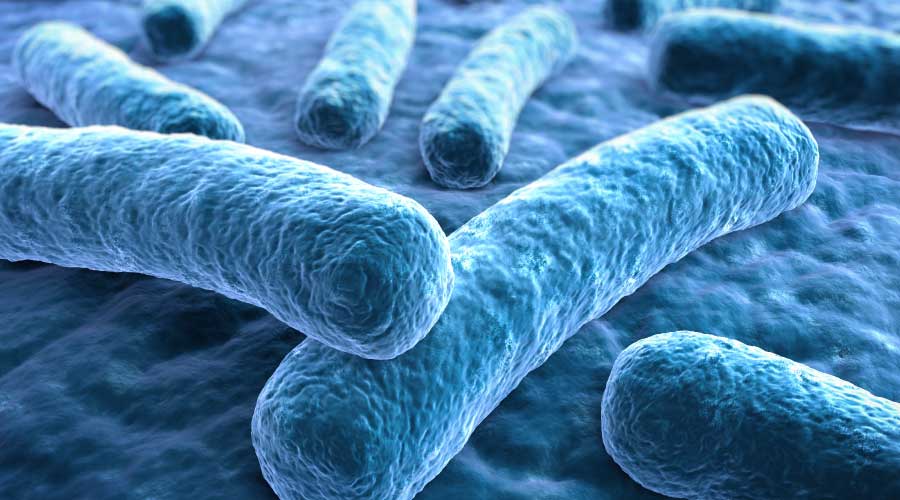Role of HVAC&R Systems in Infectious Disease Transmission Addressed by ASHRAE
New data suggests that influenza transmission can occur through the airborne route, making the design, installation and operation of HVAC systems paramount during the upcoming flu season as health and school officials deal with a second wave of H1N1 infections, according to ASHRAE.
New data suggests that influenza transmission can occur through the airborne route, making the design, installation and operation of HVAC systems paramount during the upcoming flu season as health and school officials deal with a second wave of H1N1 infections, according to ASHRAE.
A recent paper by ASHRAE,
Airborne Infectious Diseases Position Document, addresses the impact of ventilation on disease transmission, the disease for which ventilation is important for either transmission or control and the control strategies that are available for implementation in buildings.
With a better understanding of ventilation’s effect on the transmission of disease, future incidents of the H1N1 virus may now be easier to prevent, according to Gordon Holness, president of ASHRAE. Several technical solutions are available to assist in avoiding transmission. These include: dilution ventilation, airflow strategies, room pressurization, personalized ventilation, source control, filtration and ultraviolet germicidal irradiation.
Airborne transmission through building ventilation systems can be significantly reduced by provision of adequate air filtration and pressurization, according to ASHRAE.
Related Topics:











